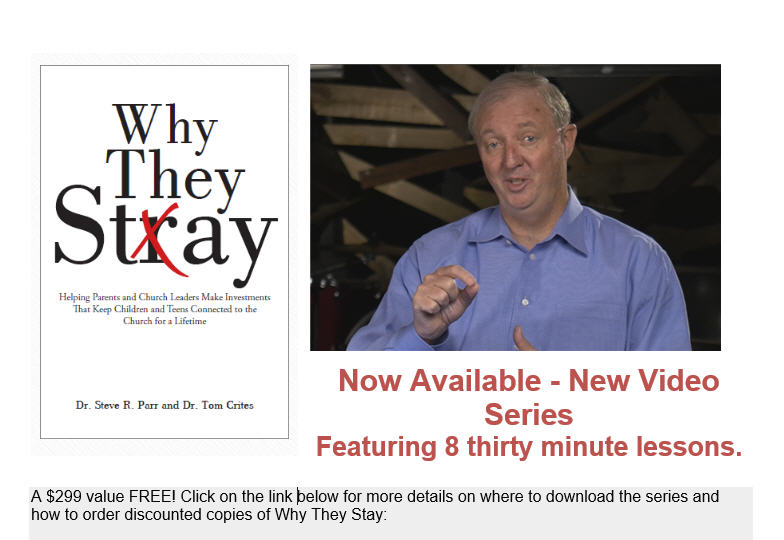How Effective Leaders Weigh Big Decisions
Imagine that you are driving down a highway at about 60 miles per hour daydreaming and listening to your favorite radio station. Suddenly, and without warning, a ball rolls into your path with a small child following darts into the road. While you only have a split second to determine whether to apply the brakes and strike the child or to swerve around the child knowing that you will collide with some object and perhaps suffer some injury to yourself as well as damage to your vehicle, your instincts kick in. You calculate in a millisecond that the damage to the child is greater than the risk to your own life or property. The foremost thought in your mind was not the decision making process but rather the implications of your actions.
Organizational leadership, whether with a small team or a large business, puts you in the driver’s seat of frequent decision making. Occasionally you will be compelled to make immediate instinctual decisions but rarely will you find yourself having to make a split second decision like in the illustration above. When you have an hour, a day, a week, or a year to make a decision, you should take advantage of time. Effective leaders excel because they take the time to consider the implications and consequences of the decision to be made. I would also add that time allows the luxury of seeking the counsel of team members, staff, trusted advisers, experts, and sometimes your community to make the best possible decision. I learned a tool some years back that is very helpful in weighing implications before making a big decision and I wanted to share a simple version of it with you. You can do this exercise mentally in the course of an hour, spend a two day retreat with a staff combing through each element, or something in between. Do you have a big decision to make? Go through this process to make the wisest and best decision possible:
- Make two lists. One list should contain all of the possible positive results that could come from this decision. The second list should contain all of the possible negative consequences that could result. There is no wrong number of items to include on either list but the larger the decision, the more comprehensive you should seek to be.
- Take each item on the positive results list and rate each one on a scale of +1 to +5. Plus one means it will make a mild positive impact and a plus five means it will be a game-changer for your organization. Do likewise for the list of possible negative consequences on a scale of -1 to -5. A minus one means a mild negative impact will possibly occur and a minus five means that the consequence could severely damage your organization, customers, or community. You should also rate both list with 2’s, 3,s, and 4’s if the impact falls somewhere in between.
- Take each item and determine the likelihood that the positive or negative result will occur. Use a scale of 1 – 5 with one being a mild possibility and five being that it is almost certain to occur. Use 2, 3, and 4 also if the likelihood falls somewhere in between. For positive results, make it +1 – +5 and for negative results use -1 to -5
- Evaluate the implications based on steps one, two, and three. Adding up the scores is not the way to evaluate in this instance. Look at the severity of any potential negative consequences and the likelihood that they will occur. It may be that you have to move forward with the decision but the exercise will show you where work needs to be done in advance to prepare. You may realize the decision needs to wait. It could be that you change your mind if you see that the likelihood of negative consequences are severe and the likelihood is high.
A couple of other quick notes: Be reminded that you can conduct this exercise formally or informally. You can do it mentally, on a piece of paper, or on a whiteboard or wall. The bigger the decision, the more formal and detailed you should be. Second: For the faith community, what about prayer? That element is not absent but should be obvious to spiritual leaders. You begin with prayer, you proceed with prayer, and you process with prayer all the way through. Ineffective leaders make bad decisions because they don’t weigh the implications. Maximize your leadership by thinking through all of the consequences and not just the immediate outcomes.











